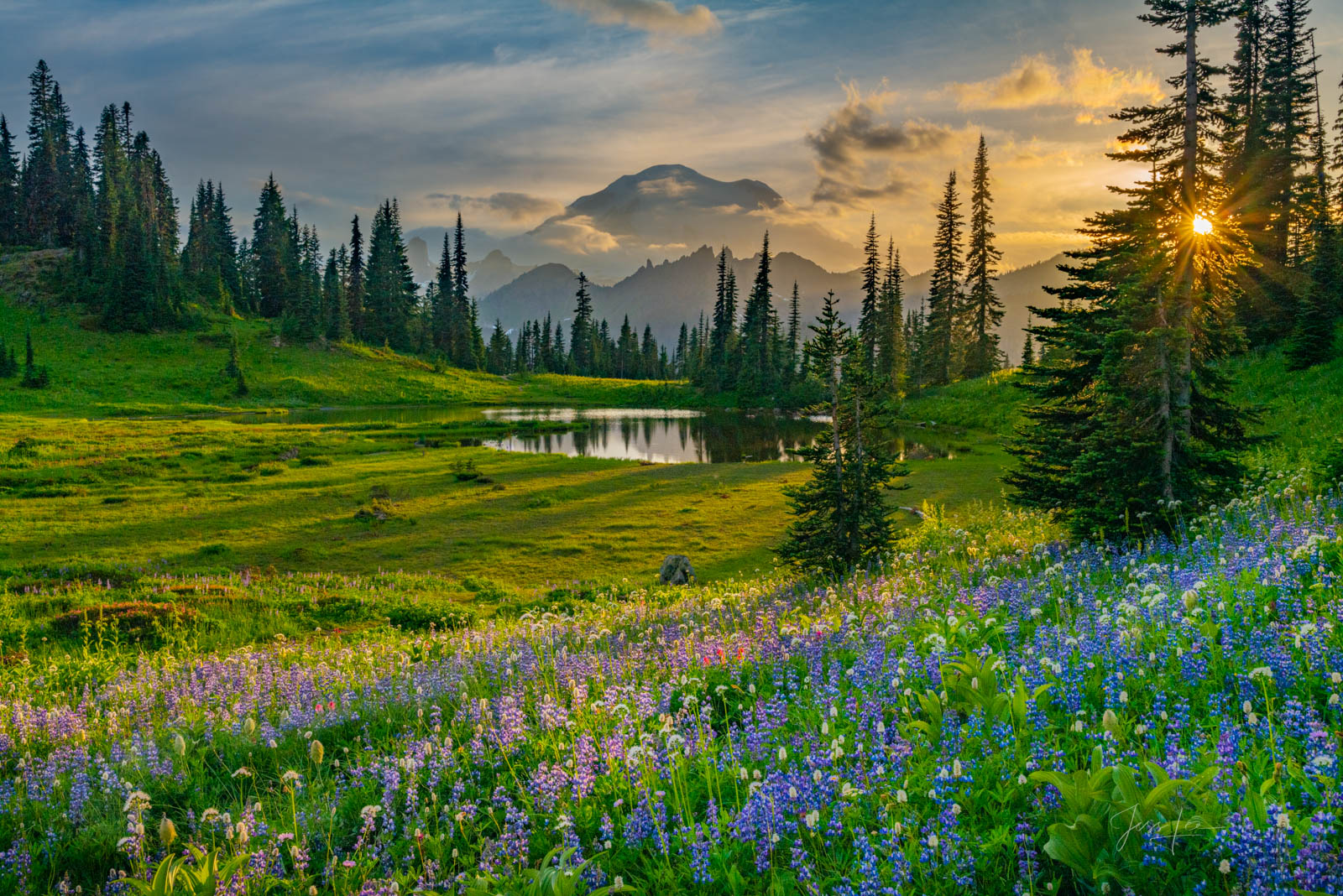Hydra Tech Insights
Stay updated with the latest in technology and gaming.
Chasing Light: Secrets Behind Breathtaking Landscape Shots
Unlock the secrets to stunning landscape photography and learn how to chase the perfect light for breathtaking shots!
Mastering the Golden Hour: Tips for Captivating Landscape Photography
Landscape photography is at its most enchanting during the Golden Hour, the period shortly after sunrise and before sunset when the light takes on a warm, golden hue. To truly master this magical time, it’s essential to plan your shoots carefully. Use a reliable weather app to predict sunrise and sunset times, and scout your location in advance to find optimal compositions. Remember, the light changes rapidly during the Golden Hour, so be ready to shoot just before the sun begins to rise or set, capturing the unique atmospheric qualities that make your images pop.
Beyond timing, understanding camera settings is crucial for captivating landscape photography. Consider starting with a low ISO to minimize noise, along with a small aperture (like f/8 or f/11) to achieve a deep depth of field. This ensures that both your foreground and background remain sharp. Utilize the rule of thirds to create balanced compositions, placing the horizon either in the top or bottom third of the frame to draw the viewer's eye effectively. Lastly, don’t shy away from experimenting with different angles and perspectives; sometimes the best shot is just a foot or two away from your initial position.

The Art of Composition: Framing Your Landscape Shots for Maximum Impact
When it comes to landscape photography, the way you compose your shot can profoundly affect the overall impact of your image. Understanding the principles of composition can elevate your work from mere snapshots to stunning artworks. Key techniques such as the Rule of Thirds, leading lines, and framing can guide your eye through the image, creating a sense of depth and interest. For instance, when using the Rule of Thirds, consider placing significant elements at the intersection points of an imaginary grid, allowing for a more balanced and engaging composition.
Additionally, incorporating foreground elements not only enhances the depth of your landscape shots but also invites viewers to step into the scene. Consider using natural frames such as overhanging branches or rock formations to draw attention to your subject. By carefully considering these aspects and being mindful of the light, color, and weather conditions, you can create compelling landscape photographs that resonate emotionally with your audience. Remember, every shot is an opportunity to tell a story—make sure yours is worth telling!
What Are the Best Camera Settings for Stunning Landscape Photography?
When it comes to capturing breathtaking landscapes, selecting the right camera settings is crucial. Start by setting your camera to manual mode, which gives you full control over exposure settings. A good starting point is to use an aperture of f/8 to f/16 to ensure sharpness across the entire image. This range allows a greater depth of field, minimizing background blur and making it perfect for detailed landscape shots. Additionally, adjusting the ISO setting to 100 minimizes noise and maximizes image quality, especially in bright light conditions.
Next, consider the shutter speed when composing your shot. For landscapes, a slower shutter speed, like 1/60 to 1/200, can enhance the visual flow of moving elements such as waterfalls or waves. If you're working in low light conditions or want to capture motion blur, use a tripod to stabilize your camera and avoid any unwanted shake. Lastly, don't forget to utilize the rule of thirds when framing your scene, which can greatly enhance the overall composition and visual impact of your landscape photography.